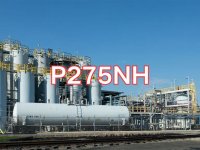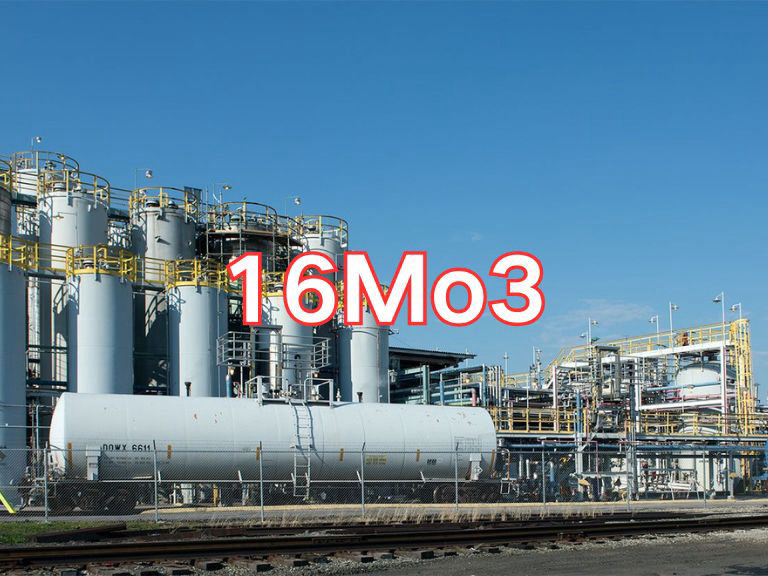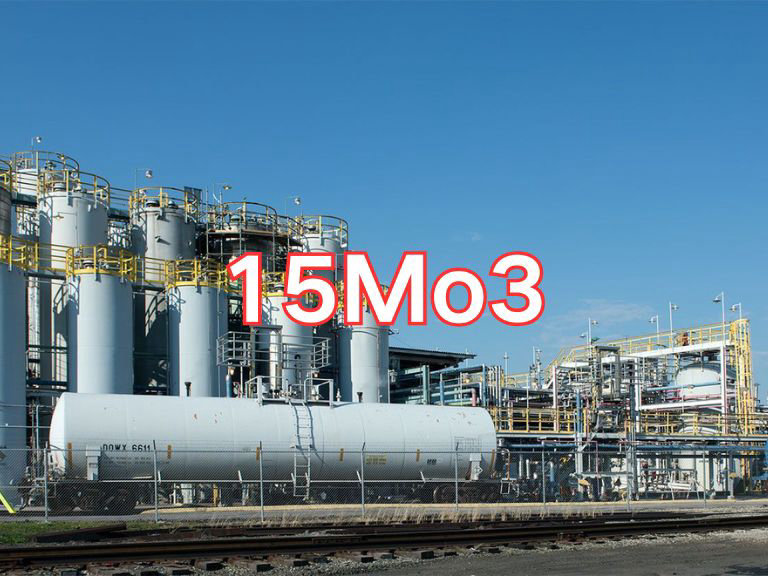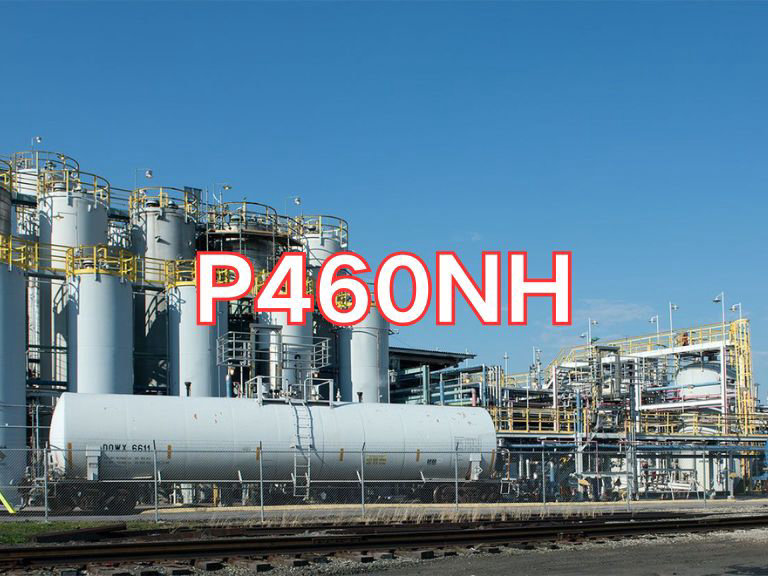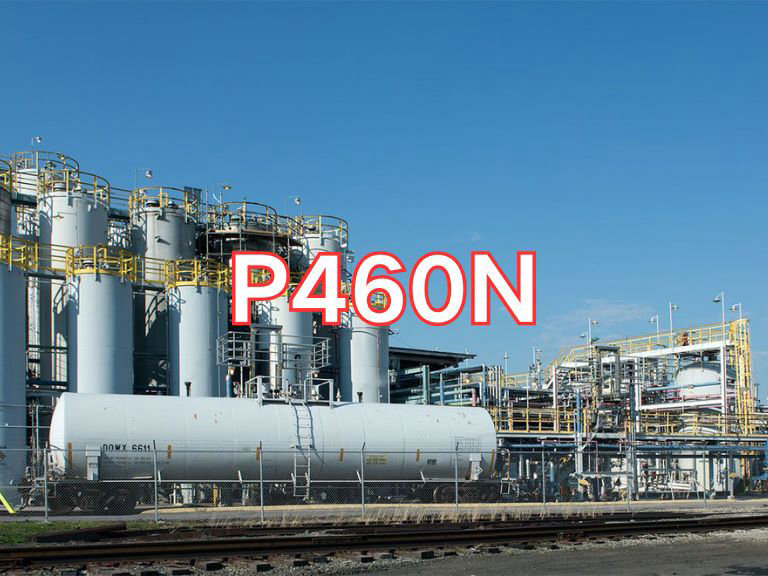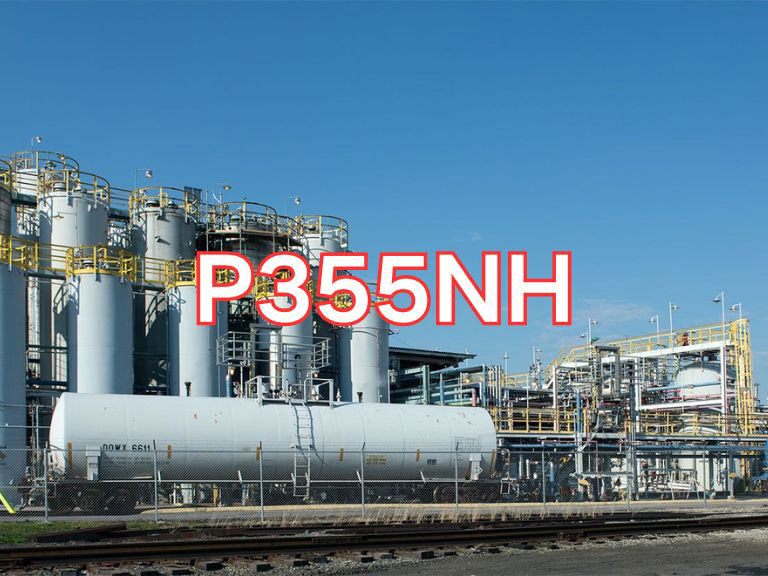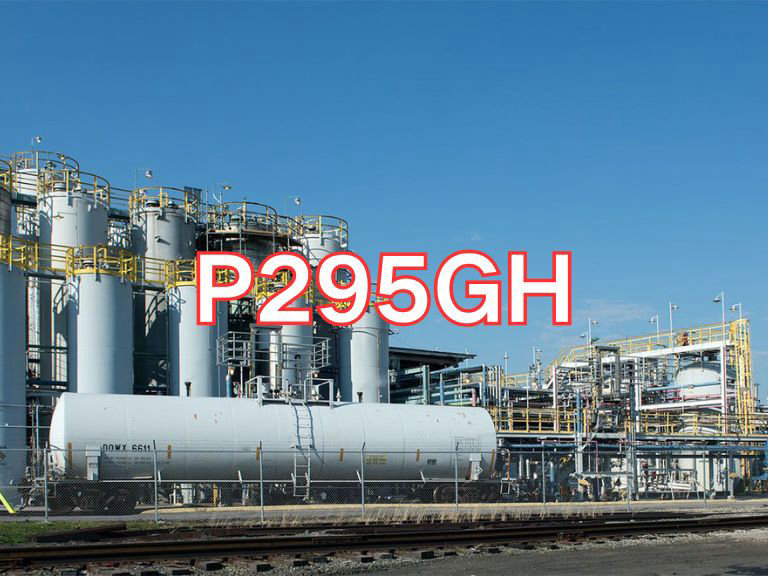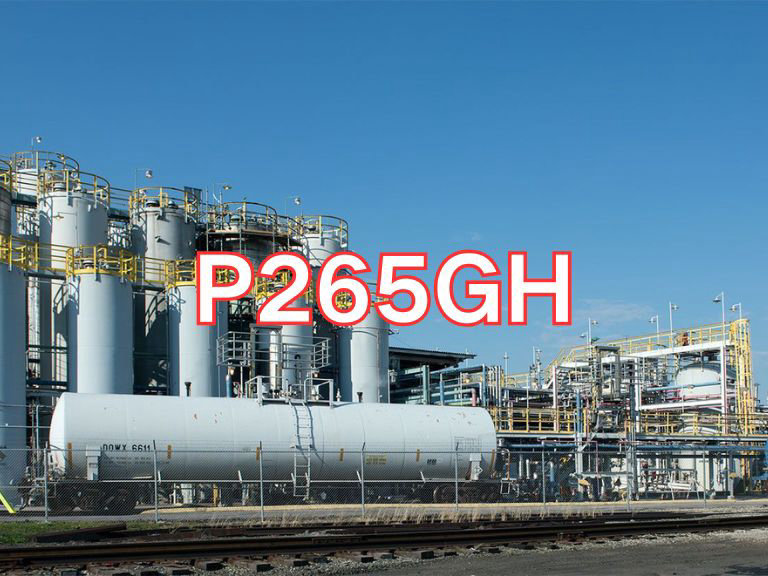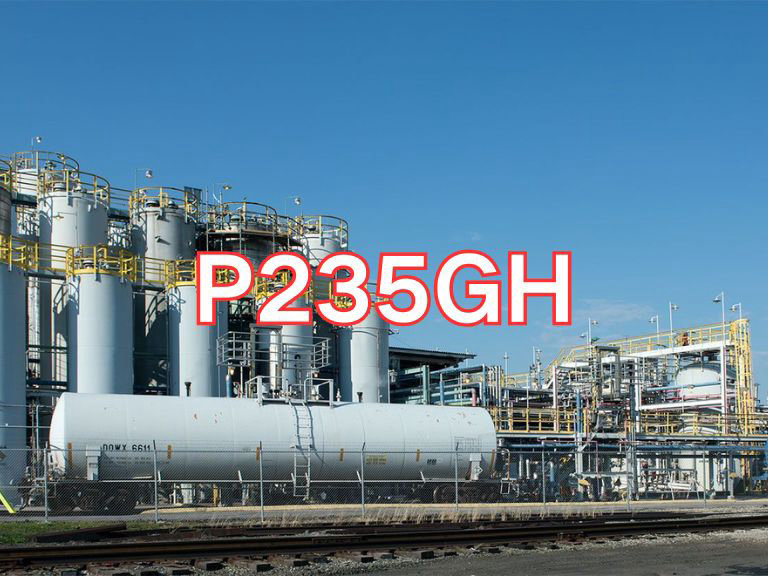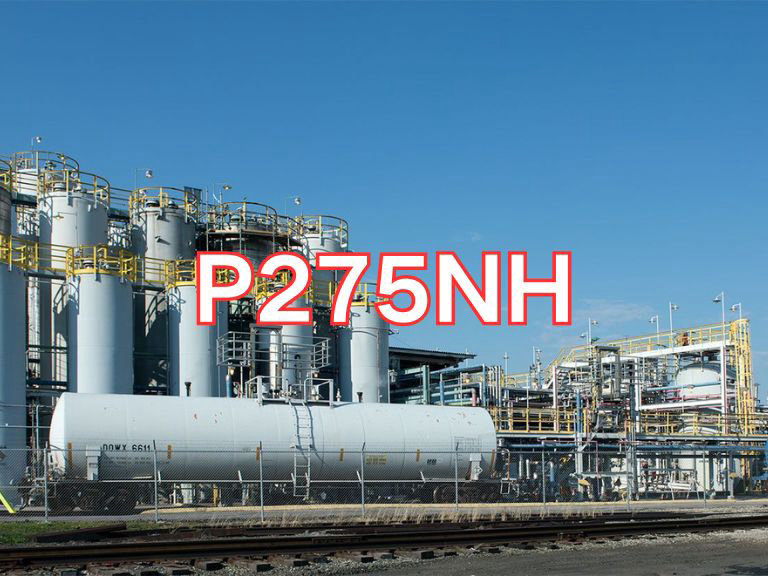

P275NH
P275NH steel plate is a high-strength, non-alloy, fine-grain structural steel produced by hot rolling, specifically designed for pressure equipment operating in low-temperature environments. Its technical requirements are primarily governed by the European standard EN 10028-3:2022 "Flat products made of steels for pressure purposes – Part 3: Non-alloy and alloy steels with specified low-temperature properties". This standard is the core international specification widely adopted for low-temperature pressure equipment steel plates, clearly defining the chemical composition, mechanical properties, low-temperature impact toughness, dimensional tolerances, test methods, and quality assurance requirements for P275NH. As a key grade within the EN 10028-3 standard, P275NH is extensively used in Europe and in countries adopting the European Pressure Equipment Directive (PED), particularly for pressure vessels and load-bearing structures that must operate safely under sub-zero conditions.
The designation "P275NH" consists of four parts: "P" stands for "Pressure equipment", indicating the steel is intended for pressure vessels; "275" denotes the specified minimum yield strength at room temperature of 275 MPa, providing high load-bearing capacity; "N" means "supplied in normalized or normalized-rolled condition", a heat treatment process that promotes a uniform fine-grained microstructure, significantly enhancing the steel’s toughness and low-temperature performance; "H" signifies "specified high-temperature properties" in general EN standards, but in the context of EN 10028-3, "H" more accurately indicates that the grade belongs to the EN 10028 series designed for special performance (in this case, low-temperature toughness). The "NH" combination specifically denotes a normalized steel with guaranteed low-temperature impact properties. P275NH ensures good ductility and resistance to brittle fracture at low temperatures through strict control of carbon equivalent and the addition of elements such as aluminum (Al), niobium (Nb), or vanadium (V) for deoxidation and grain refinement.
The primary applications of P275NH steel plate are in the oil and gas, chemical, refrigeration, and energy sectors, suitable for manufacturing pressure equipment operating in low-temperature environments, including:
Low-Temperature Pressure Vessels: Used for storage tanks, separators, and reactors for cryogenic media such as liquefied natural gas (LNG), liquid ammonia, liquid oxygen, and liquid nitrogen.
Refrigeration Systems: Used in industrial freezing equipment and low-temperature heat exchanger shells.
Offshore Platforms and Ships: Used for pressure components in cold or polar regions.
Chemical Plants: Used in low-temperature reaction units and gas processing systems.
Key characteristics include: excellent low-temperature toughness (standard requires Charpy V-notch impact testing at -50°C, with minimum average impact energy typically 27 J or 31 J), high strength (yield strength ≥ 275 MPa), good weldability (requiring controlled heat input and often post-weld heat treatment), and good cold-forming capability. As a pressure material specifically designed for low-temperature service, P275NH plays a vital role in ensuring the safety of equipment under cryogenic conditions and is a critical material in the fabrication of low-temperature pressure equipment.

Ultrasonic Testing (UT)
A key non-destructive testing technique that uses high-frequency sound waves to detect internal flaws in steel plates. The probe emits sound waves, which reflect when encountering defects such as cracks or inclusions. The receiver captures the echoes, enabling precise determination of defect location and size. With high sensitivity, strong penetration, and fast inspection speed, UT effectively ensures internal quality, widely used in the production of heavy plates, pressure vessel plates, and other high-end products to guarantee safety and reliability.

Magnetic Particle Testing (MT)
A common surface inspection method that magnetizes the workpiece, causing leakage magnetic fields at surface or near-surface defects like cracks or inclusions, which attract magnetic particles to form visible indications. Simple to operate and highly sensitive, MT is suitable for rapid inspection of surface and near-surface flaws in ferromagnetic materials, widely used for online or offline inspection of plate edges, ends, and welds, ensuring product quality and safety.

Penetrant Testing (PT)
A non-destructive method for detecting surface-breaking flaws. A penetrant liquid is applied to the cleaned steel surface, allowing it to seep into defects such as cracks or pores. After removing excess penetrant, a developer is applied, causing the trapped penetrant to bleed out and form visible indications. Simple and cost-effective, PT is suitable for inspecting surface defects in various non-porous materials, commonly used for welds, castings, and complex components, effectively ensuring surface quality of steel plates.

